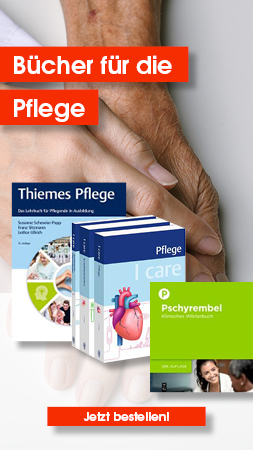Buch, Englisch, 119 Seiten, Previously published in hardcover, Format (B × H): 155 mm x 235 mm, Gewicht: 2291 g
Buch, Englisch, 119 Seiten, Previously published in hardcover, Format (B × H): 155 mm x 235 mm, Gewicht: 2291 g
ISBN: 978-3-319-87604-7
Verlag: Springer International Publishing
It is aimed at researchers and clinical professionals who contribute to students’ clinical learning at universities and healthcare organisations. Itis especially suitable as a learning tool for clinical staff mentorship training courses and master’s level healthcare education studies.
Zielgruppe
Professional/practitioner
Autoren/Hrsg.
Fachgebiete
- Medizin | Veterinärmedizin Medizin | Public Health | Pharmazie | Zahnmedizin Medizin, Gesundheitswesen Gesundheitssystem, Gesundheitswesen
- Medizin | Veterinärmedizin Medizin | Public Health | Pharmazie | Zahnmedizin Pflege Ausbildung in der Pflege
- Medizin | Veterinärmedizin Medizin | Public Health | Pharmazie | Zahnmedizin Pflege Pflegeforschung, Pflegemanagement
- Medizin | Veterinärmedizin Medizin | Public Health | Pharmazie | Zahnmedizin Medizin, Gesundheitswesen Krankenhausmanagement, Praxismanagement
Weitere Infos & Material
Introduction and concept definitions.- Part I - Clinical learning environment - theoretical and practical principles.- 1. The main elements of clinical learning in healthcare education.- 2. Methodological issues and development process of the CLES scales.- 3. Country validation of the CLES-scale; linguistic and cultural perspectives.- 4. The CLES scale as a national quality tool for clinical learning and teaching.- Part II – Ensuring the high quality of a clinical learning environment.- 5. A good clinical learning environment as an organisational challenge.- 6. Empowering the professionalization of nurses trough mentorship: implementation of the CLES framework in an international project.- 7. Cooperation between the clinical staff and the clinical teacher.- Part III – The CLES framework - New perspectives and areas for development.- 8. How can patient relationships and patient experiences be better utilisedin student’s clinical learning?.- 9. New ways and environments of using the CLES framework.- 10. Possibilities of e-learning and new information technologies in clinical teaching.






